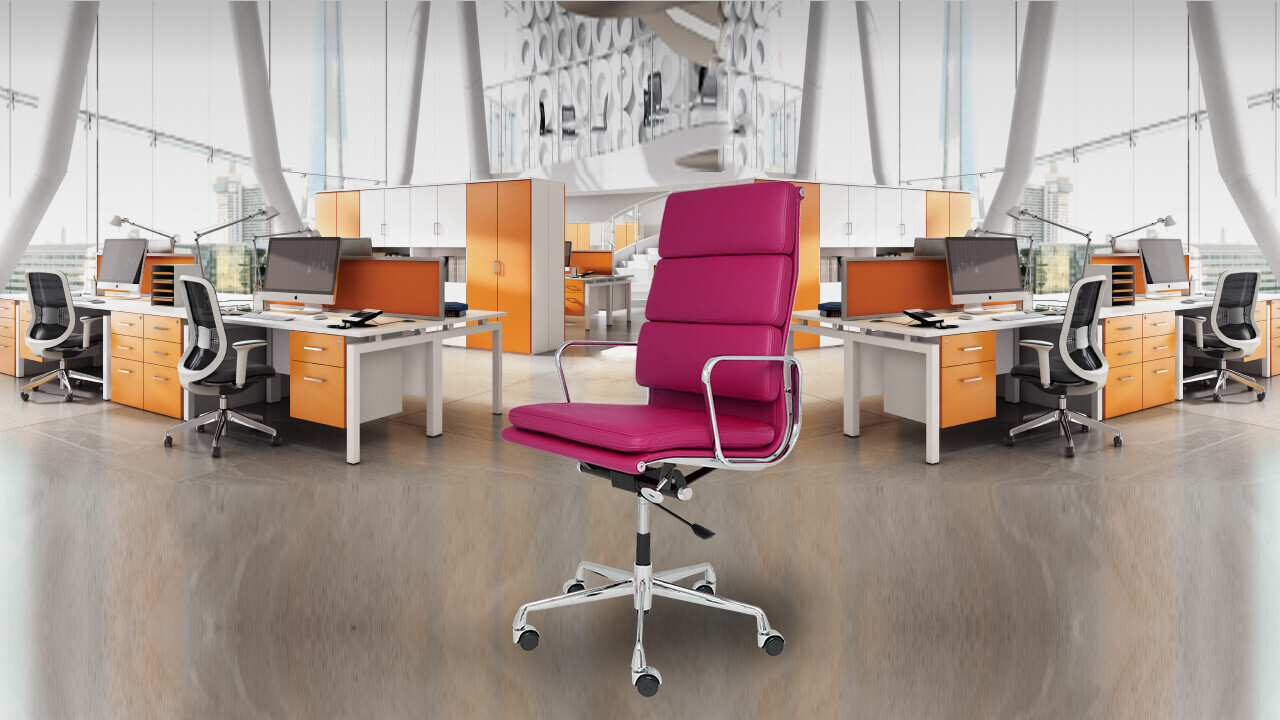
Part of my job as the CEO of a company that helps growing businesses find office space, is to look at spaces, to think about how to lay them out, and to discuss options with clients.
So when it came time, some years ago, for me to envision and build out the right office space for me and my colleagues, I dared to dream differently and put my theories into practice. I put my seat right in the middle of the office.
In my experience, CEOs are typically concerned that they won’t find privacy — for focus, and for proprietary matters — which makes layout like mine sound impossible to attempt, much less to perfect. But I knew that if I tucked myself away in a back area, separate from the team, I’d lose out on knowing what was happening on the floor, where the action takes place daily, and might come to struggle to keep up with the status of our deals and internal affairs.
People shouldn’t have to come seek me out, or to schedule time with me, if they want to get my eyes on something, or thoughts on a matter.
[Read: Don’t just hire the ‘best’ people — focus on diversity]
What this has also meant is that instead of reserving a space dedicated exclusively to me, we have an additional conference room to be shared by all. As a real estate CEO, I typically am only in the office for a few hours a day, and the thought that so much space could go unused, unoccupied, for so long makes me uncomfortable.
As someone who cares deeply about giving people the right amount of space to get their jobs done, I don’t love the thought of my being responsible for contributing to an empty room that could be shared by others in my absence.
A win-win situation
That’s a benefit that goes toward my team, but the most valuable asset to me personally is that I find out what’s happening at my company. Like all executives, I lead meetings and receive updates from others on the overall progress and status of our ongoing deals. However, there’s so much movement and momentum taking place in between to ensure that we are delivering our clients what they seek and turn to us for.
I’ve found that I discover more about what my employees are working on through casual conversations they have with me, and around me, than what I’d gather and gain from standard meetings.
People of all stages of their careers and from different departments have stopped by my desk, as they pass by, because when they see me they realize they have something to run by me or to inform me about. Each time it happens, I know that my small investment in being both visible and available to them has paid off. The message has gotten through.
When I do need to focus myself, and to work on projects for my eyes only, I simply book a conference room for an hour, just like they would, to make sure that I can carve out some deeper, uninterrupted work. This is a trade-off I am not only willing to make, it’s emerged as a defining quality of my leadership style. It’s also a workplace feature we offer to and deliver on for prospective candidates and valued colleagues.
Find the solution that works for you
If someone were to ask me if I’d recommend this layout and structure for all CEOs to take on, I would truthfully tell them that it depends. What works for me might not be a solution for them. Instead, I’d ask them to think broadly about the type of workplace they thrive in — and what types of vibes they hope to give off to their employees.
For my company, a looser, more casual approach within an open office reflects the culture we aspire to have. At other companies of different sizes or residing in more traditional industries, expected norms from the environment will take precedent. Most important is to anticipate the needs of your team first, then to build out the culture that fits best to achieve strong results.
Most critical, I believe, is to be thoughtful and deliberate about the workplace you want and need. Don’t just model yourself off of what trends are popular or what people have to expect. Start by asking what makes most sense for you, and I’ve found, from speaking to hundreds of clients over close to a decade, that you can come up with all kinds of creative solutions.
Like what you’ve read? On Growth Quarters, we strive to go beyond generic ‘fortune cookie advice’ and learn directly from the people who have ‘walked the walk.’ And this summer, at TNW Conference 2020 in Amsterdam, we’ll take Growth Quarters offline again with a vibrant program dedicated exclusively to sustainable business growth. Listen to keynotes from leaders from the world’s most successful companies and get actionable guidance to help you grow professionally. Get early bird tickets now and learn more about the Growth Quarters track.
Get the TNW newsletter
Get the most important tech news in your inbox each week.




